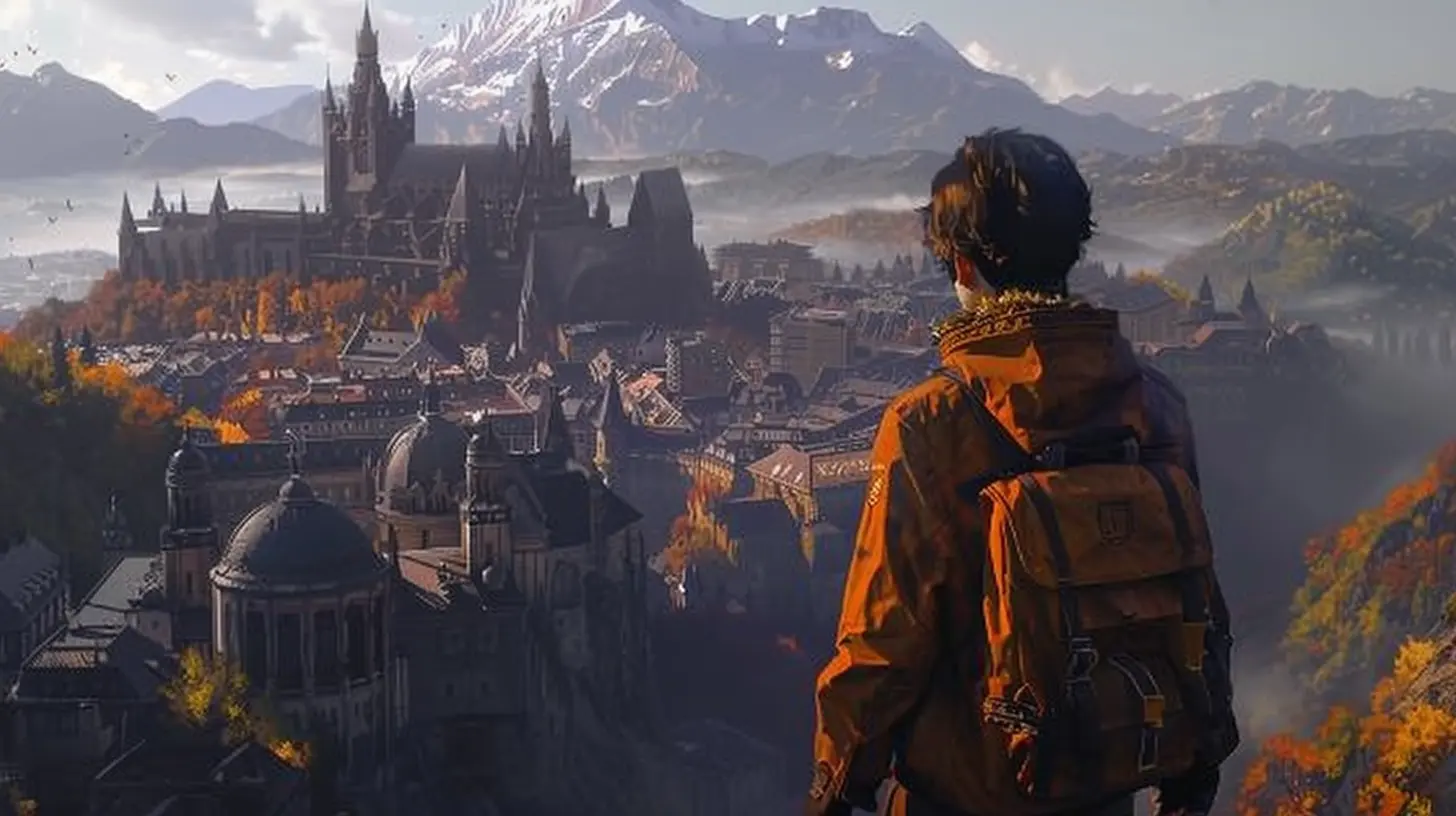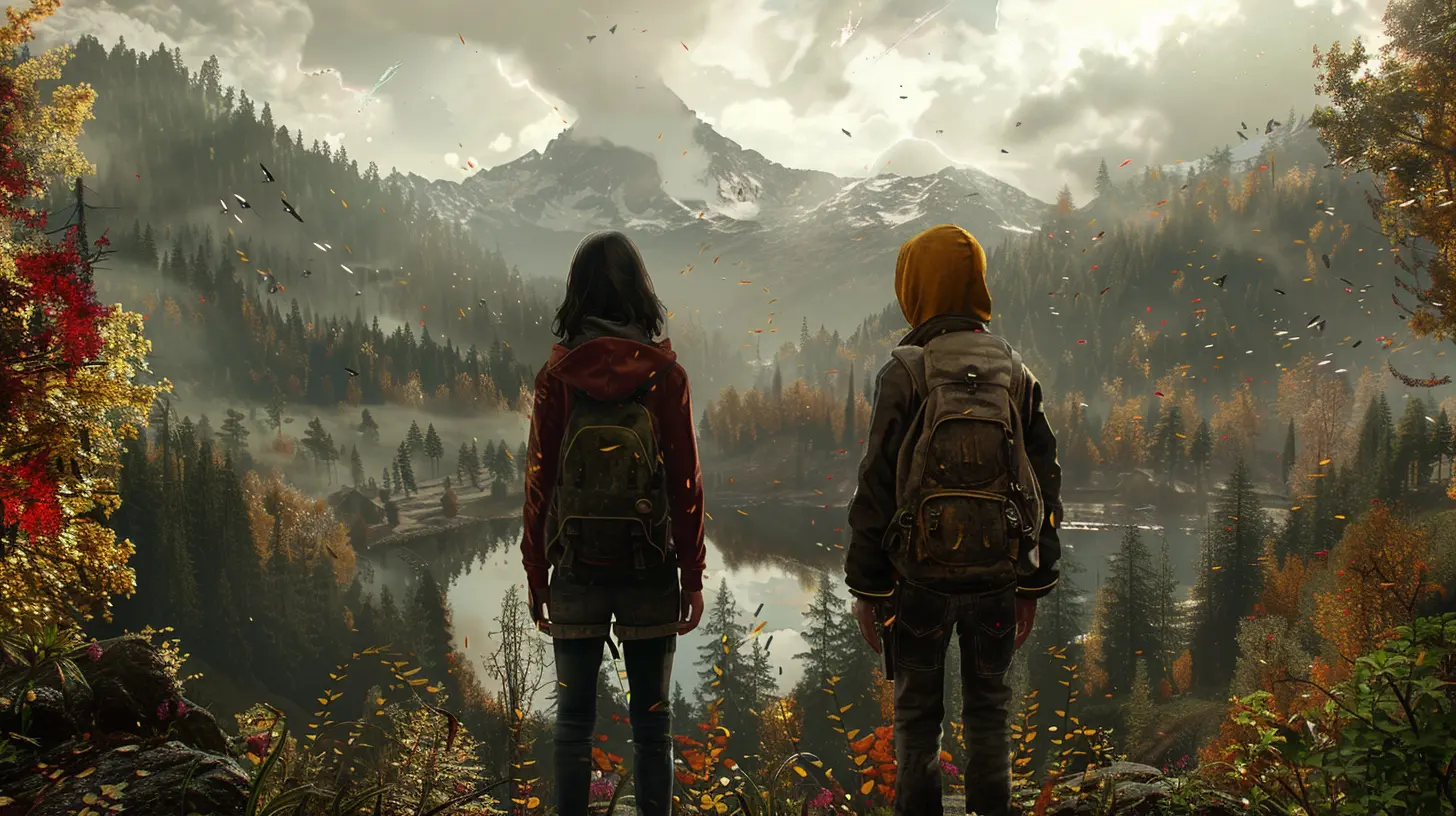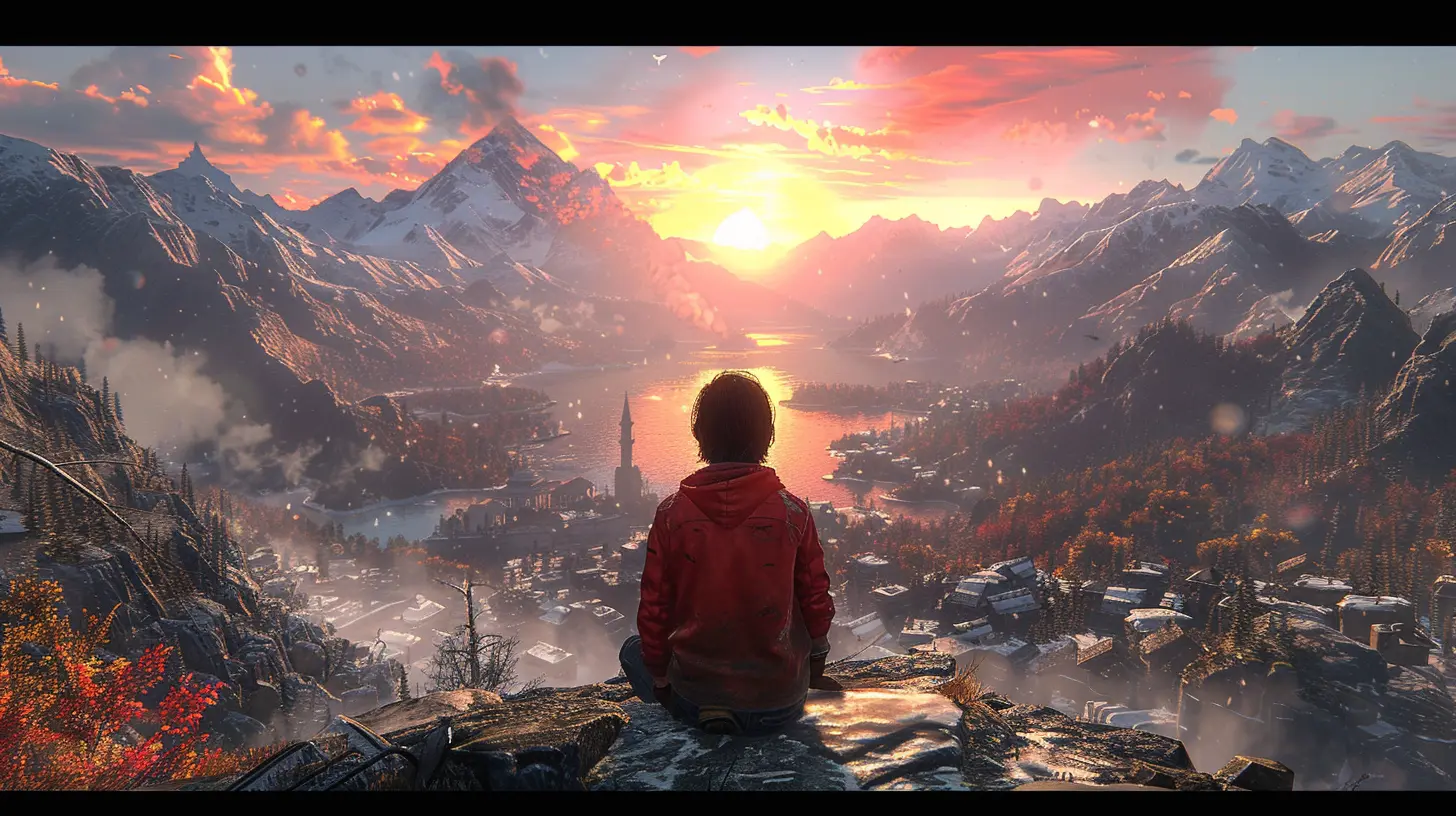Why Open World Games Are So Popular With Teens
24 November 2025
Let’s face it—teens love open-world games. Whether it's swinging through the streets of New York as Spider-Man or galloping across Hyrule in The Legend of Zelda, open-world games have become a staple for young gamers everywhere. But why is that? What makes this particular genre so magnetic, especially for teenagers?
Buckle up, because we’re diving deep into the virtual realms of freedom, creativity, and immersion to figure out why open-world games are all the rage with teens today.
What Exactly Are Open-World Games?
Before we unpack the obsession, let’s break it down.Open-world games are video games that allow players to roam freely through a virtual world and choose how and when to approach objectives. Unlike linear games with fixed levels and paths, open-world games throw you into a sandbox and tell you, “Go nuts!”
Think Minecraft, Grand Theft Auto V, Skyrim, Red Dead Redemption 2, or Genshin Impact. All of these offer massive, explorable worlds with endless possibilities.
Freedom—The Secret Sauce
Teens Crave Independence
Teens are at that stage in life where they’re just beginning to taste freedom in the real world—getting a driver’s license, hanging out with friends without parental supervision, choosing what they want to wear, listen to, or watch. Open-world games mirror that exact feeling.In games like The Elder Scrolls V: Skyrim or The Legend of Zelda: Breath of the Wild, there are no strict rules. You can ignore the main story for hours (or forever) and still feel like you’re progressing. That freedom? It’s like giving a teen the keys to a whole new universe.
You Do You
Players can build, fight, explore, or just... exist. Want to farm instead of fight monsters? No problem. Want to become a stealthy assassin instead of a heroic knight? Go for it. This “choose your own path” approach resonates strongly with teens who are still figuring out who they are in real life.
Immersion—Escaping Reality, One World at a Time
Let’s Be Honest—Reality Can Suck
School stress, family drama, social pressure—it’s a lot. Open-world games offer a much-needed escape. Instead of dealing with essays and awkward group projects, teens can teleport to a world where they’re the hero, the explorer, or the ruler of their own destiny.Total Control in a Chaotic World
In open-world games, you're in charge. You decide where to go, what to do, and who to be. That control can be incredibly comforting when real life feels confusing or out of hand. It’s like having a giant “pause” button on life.Visuals & Sounds That Suck You In
Modern open-world games are visually stunning. From the snowy peaks in Assassin’s Creed Valhalla to the neon cityscapes of Cyberpunk 2077—these worlds feel alive. The rich details, ambient sounds, and dynamic weather make you forget you’re sitting on your couch. For teens, this kind of immersion is like living in a dream where they call the shots.
Creativity Runs Wild
Build, Create, Repeat
Open-world games often include elements of creativity. Just look at Minecraft—it’s practically digital Legos on steroids. Teens can build mansions, roller coasters, entire cities—the sky’s the limit.Even games like Fallout 4 or Far Cry 5 offer base-building and customization features. This creative freedom taps into the teenage imagination and gives them the tools to express themselves without boundaries.
Mods Make It Even Better
Once teens discover the world of mods (fan-made alterations), it’s game over—in a good way. They can change up characters, add new missions, tweak graphics, or even turn dragons into Thomas the Tank Engine. It’s their world, and they’re rewriting the rules.Social Connections and Shared Experiences
Gaming Is the New Hanging Out
Many open-world games come with multiplayer modes or co-op options. Games like Grand Theft Auto Online or Minecraft Realms let teens play with friends, build together, or just mess around. It’s the digital equivalent of biking around the neighborhood—except your friend group might include someone halfway across the globe.Stream Culture and Online Communities
Let’s not forget the rise of Twitch, YouTube, and Discord. Watching others play open-world games, sharing gameplay clips, and joining game-specific communities enhance the social appeal.For teens, it's not just about playing—it's about connecting, sharing, and being part of something bigger.
Endless Content Means Endless Fun
No Two Playthroughs Are Alike
In open-world games, the replay value is insane. You can play for hundreds of hours and still find new side quests, hidden items, or alternate endings. That’s catnip for teens who want bang for their buck (or their parents' bucks).Regular Updates Keep Things Fresh
Game developers are smart. They keep updating open-world games with new content—missions, areas, events—making sure players stay hooked. Fortnite and Genshin Impact are masters of this strategy.That constant flow of new content keeps teens checking in day after day—it’s like a series that never ends.
Psychological Rewards Keep Them Coming Back
Dopamine on Demand
Open-world games are engineered to reward you constantly. You complete a quest? Here’s some gold. Kill a tough enemy? Level up. Discover a new area? Achievement unlocked.Each of those little wins pumps dopamine into your brain, giving you that “heck yeah” moment. Teens love that sense of accomplishment, especially when real life might not always deliver the same rush.
Sense of Ownership
Spending hours customizing your character, upgrading weapons, and building a virtual home gives you a strong sense of ownership. This personal investment makes the game feel like yours—and that emotional connection is powerful.Storytelling That Clicks with Young Minds
Deep, Flexible Narratives
Open-world games often feature branching storylines and morally complex decisions. Teens aren’t just watching a story unfold—they’re shaping it. This level of engagement turns passive players into active participants.Games like The Witcher 3 or Red Dead Redemption 2 offer layered stories, emotional choices, and plot twists that rival even the best Netflix series. For teens craving meaningful content, this is storytelling leveled up.
Relatable Characters and Themes
From themes of rebellion and identity to friendship and loss, many open-world games tackle topics that resonate with the adolescent experience. That emotional depth makes the game world more than just a backdrop—it feels real.Trend Power: Everyone’s Playing Them
Influencer Hype
If your favorite streamer is playing Elden Ring or Spider-Man 2, chances are you want to play it too. Teens are heavily influenced by what’s trending online. When streamers and YouTubers showcase epic moments from open-world games, the FOMO is real.It’s a Status Thing
Like it or not, gaming is a social currency among teens. Being good at a popular open-world game or having in-depth knowledge of it can boost your social standing within friend groups or online communities. It’s a badge of honor.The Perfect Combo: Freedom + Fun + Friends
At the end of the day, open-world games hit the sweet spot:- They give you freedom to be whoever you want.
- They let you build, explore, and go rogue.
- They help you escape reality and offer a hit of digital dopamine.
- And they connect you with friends and communities.
For teens navigating a world full of rules, expectations, and uncertainties, this genre hands them the tools and says, “Here, make your own path.”
Final Thoughts
Open-world games aren’t just about massive maps and missions—they’re about possibility, empowerment, and escapism. They offer teens an experience that’s uniquely theirs, feeding their need for freedom, creativity, and connection in a way few other mediums can.So next time you hear a teen gush about beating a dragon, building a castle, or driving a jet-powered car through a desert wasteland, just know—it’s way more than “just a game.” It’s a digital playground where they can grow, explore, and, for a little while, be the hero of their own story.
all images in this post were generated using AI tools
Category:
Games For TeensAuthor:

Madeleine McCaffrey

